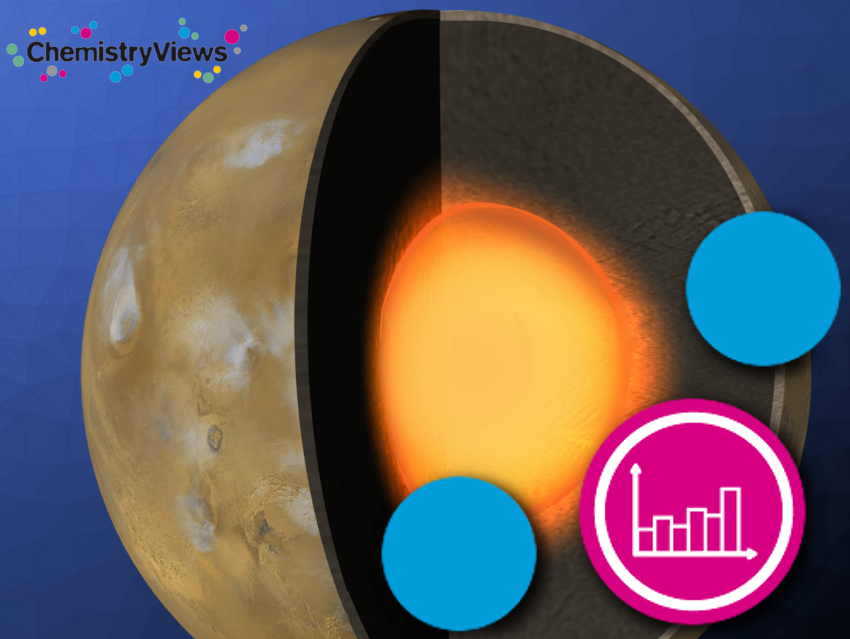The first Mars expeditions started in the 1960s, and many have followed since. Every 26 months, Earth and Mars are aligned so that spacecraft can make the interplanetary journey in about half a year. Three countries sent spacecraft to Mars during this window in the summer of 2020: the United Arab Emirates, whose Al-Amal (Hope) spacecraft orbited Mars to study its atmosphere and weather patterns; China, which sent its Tianwen-1 probe with the rover Zhurong; and the United States, which sent its Perseverance rover with the autonomous helicopter Ingenuity of NASA.
Hopes are high that the first humans will land on Mars in the 2030s. NASA’s Orion spacecraft, for example, is designed to take people farther into space than ever before [1]. The private spaceflight company SpaceX is expected to help make humanity a “multiplanetary species,” according to Elon Musk [2].
.png)
In the late 1800s, the surface of our red neighbor could be viewed for the first time via telescopes. At that time, it was believed that artificial structures could be seen. Today the assumption that the dry, toxic planet could have been habitable like Earth until 3.5 billion years ago arouses the special interest of researchers.
What do we actually know about Mars, except that they don’t have green Martians living there?
The Outside
Mars is also called the Red Planet. This is due to iron oxide dust (rust) distributed on the surface and in the thin CO2 atmosphere leading to the coloration. For more Mars facts and comparisons with Earth see the image below [3–5].
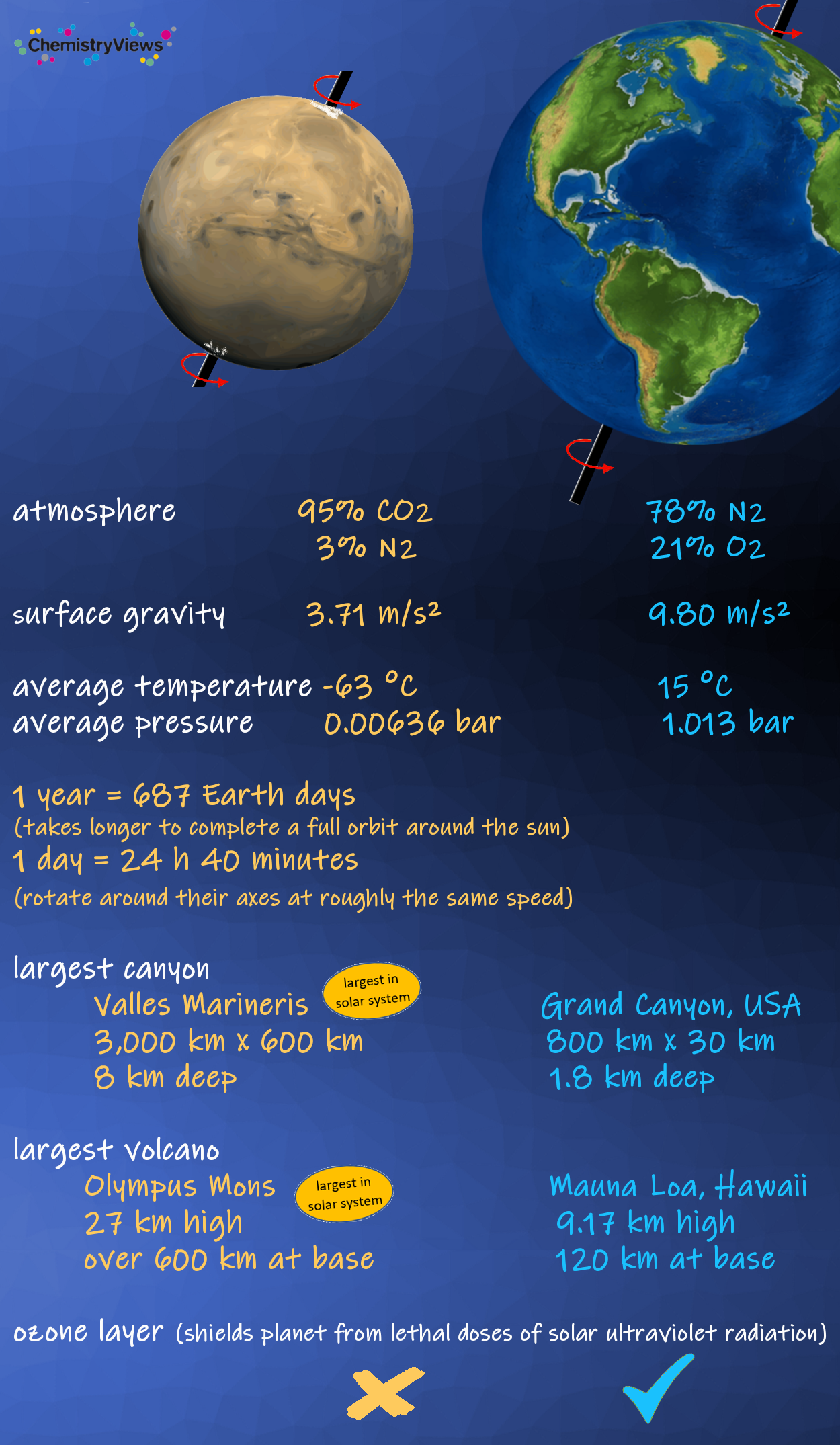
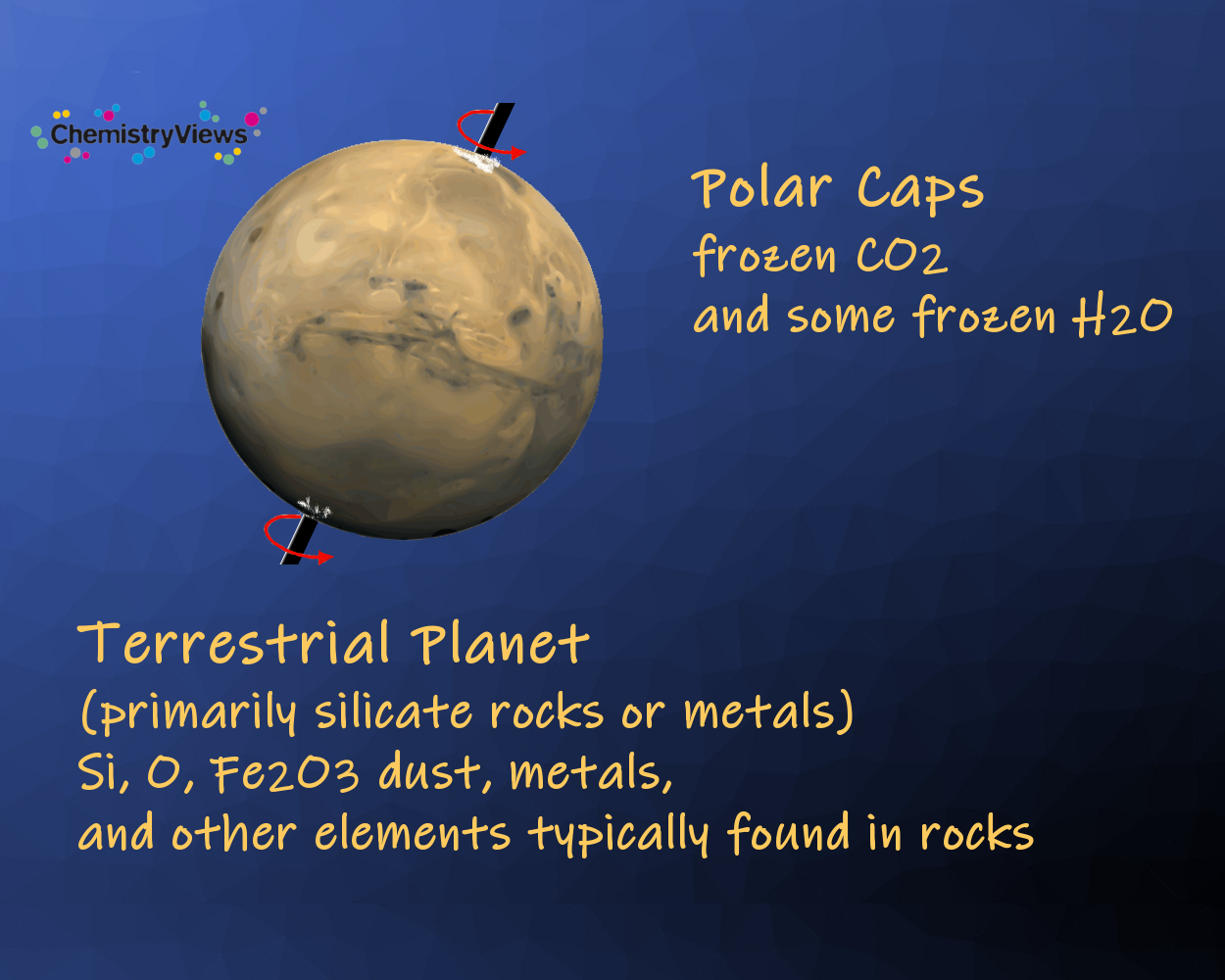
The Inside
NASA’s InSight, short for Interior Exploration using Seismic Investigations, Geodesy, and Heat Transport, is a Mars lander that landed on Mars’ Elysium Planitia plain north of the Martian equator in November 2018 to study the planet’s geologic makeup. It revealed insights into the inner structure of Mars [6–8].
.png)
Many exciting questions remain such as: Why did Mars undergo a completely different evolution than Earth? Both were formed from the same starting materials. What transformed the probalbly formerly Earthlike planet into the dusty, dry husk we find today? Why did Mars lose its initially strong magnetic field? Did life evolve on Mars, and is it still around?
References
- Orion Soacecraft, NASA website (accessed July 28, 2021)
- Mars & Beyond – The road to making humanity multiplanetary, SpaceX website (accessed July 28, 2021)
- Mars Fact Sheet, NASA (accessed July 28, 2021)
- VallesMarineris: The Grand Canyon of Mars, NASA website (accessed July 28, 2021)
- Tharsis Volcano, NASA Science Mars Exploration Program (accessed July 28, 2021)
- Simon C. Stähler, Amir Khan, W. Bruce Banerdt, Philippe Lognonné, Domenico Giardini, Savas Ceylan, Mélanie Drilleau, A. Cecilia Duran, Raphaël F. Garcia, Quancheng Huang, Doyeon Kim, Vedran Lekic, Henri Samuel, Martin Schimmel, Nicholas Schmerr, David Sollberger, Éléonore Stutzmann, Zongbo Xu, Daniele Antonangeli, Constantinos Charalambous, Paul M. Davis, Jessica C. E. Irving, Taichi Kawamura, Martin Knapmeyer, Ross Maguire, Angela G. Marusiak, Mark P. Panning, Clément Perrin, Ana-Catalina Plesa, Attilio Rivoldini, Cédric Schmelzbach, Géraldine Zenhäusern, Éric Beucler, John Clinton, Nikolaj Dahmen, Martin van Driel, Tamara Gudkova, Anna Horleston, W. Thomas Pike, Matthieu Plasman, Suzanne E. Smrekar, Seismic detection of the martian core, Science 2021, 373(6553), 443-448. https://doi.org/10.1126/science.abi7730
- Brigitte Knapmeyer-Endrun, Mark P. Panning, Felix Bissig, Rakshit Joshi, Amir Khan, Doyeon Kim, Vedran Lekić, Benoit Tauzin, Saikiran Tharimena, Matthieu Plasman, Nicolas Compaire, Raphael F. Garcia, Ludovic Margerin, Martin Schimmel, Éléonore Stutzmann, Nicholas Schmerr, Ebru Bozdağ, Ana-Catalina Plesa, Mark A. Wieczorek, Adrien Broquet, Daniele Antonangeli, Scott M. McLennan, Henri Samuel, Chloé Michaut, Lu Pan, Suzanne E. Smrekar, Catherine L. Johnson, Nienke Brinkman, Anna Mittelholz, Attilio Rivoldini, Paul M. Davis, Philippe Lognonné, Baptiste Pinot, John-Robert Scholz, Simon Stähler, Martin Knapmeyer, Martin van Driel, Domenico Giardini, W. Bruce Banerdt, Thickness and structure of the martian crust from InSight seismic data, Science 2021, 373, 438–443. https://doi.org/10.1126/science.abf8966
- Amir Khan, Savas Ceylan, Martin van Driel, Domenico Giardini, Philippe Lognonné, Henri Samuel, Nicholas C. Schmerr, Simon C. Stähler, Andrea C. Duran, Quancheng Huang, Doyeon Kim, Adrien Broquet, Constantinos Charalambous, John F. Clinton, Paul M. Davis, Mélanie Drilleau, Foivos Karakostas, Vedran Lekic, Scott M. McLennan, Ross R. Maguire, Chloé Michaut, Mark P. Panning, William T. Pike, Baptiste Pinot, Matthieu Plasman, John-Robert Scholz, Rudolf Widmer-Schnidrig, Tilman Spohn, Suzanne E. Smrekar, William B. Banerdt, Upper mantle structure of Mars from InSight seismic data, Science 2021, 373, 434–438. https://doi.org/10.1126/science.abf2966
Also of Interest
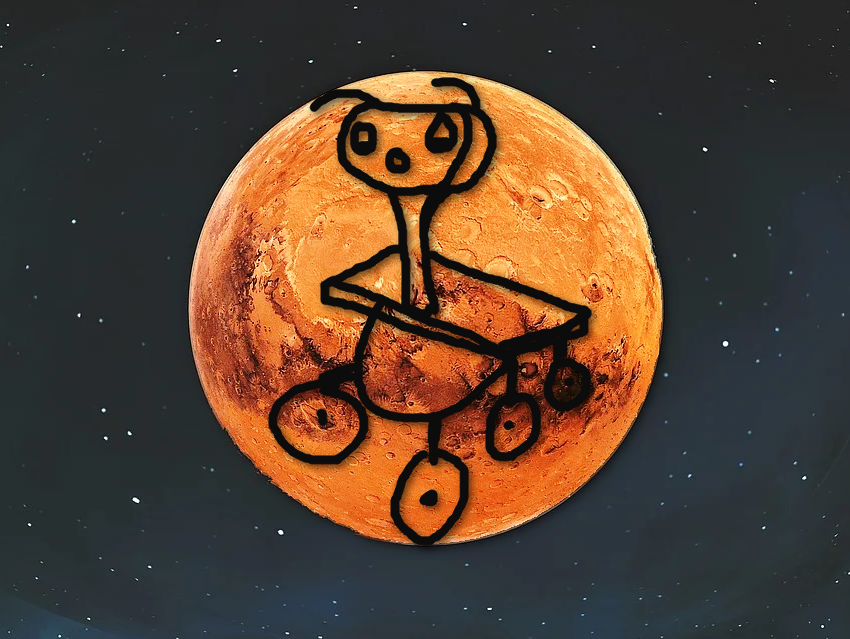 |
Print Your Own Mars Rover, |
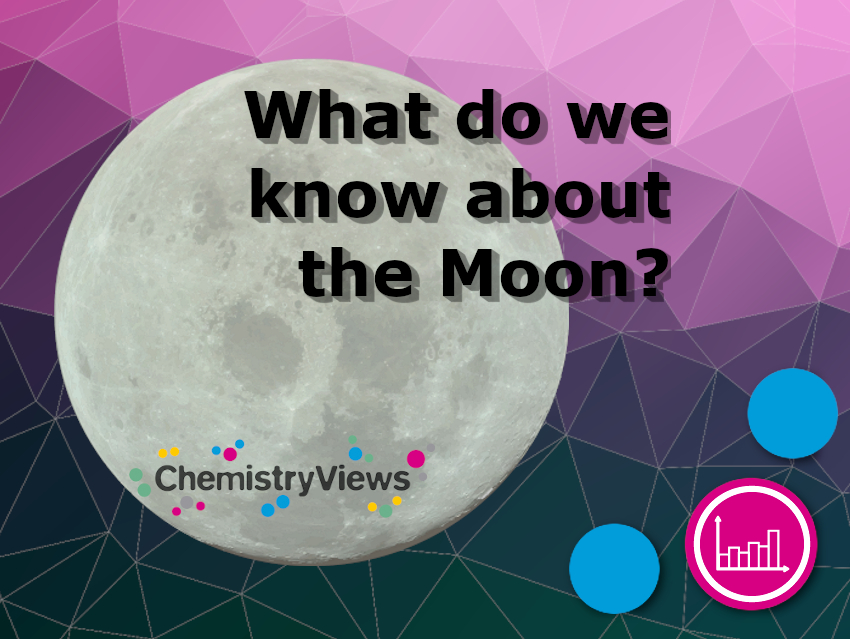 |
Clever Picture: What Do We Know about the Moon?, |
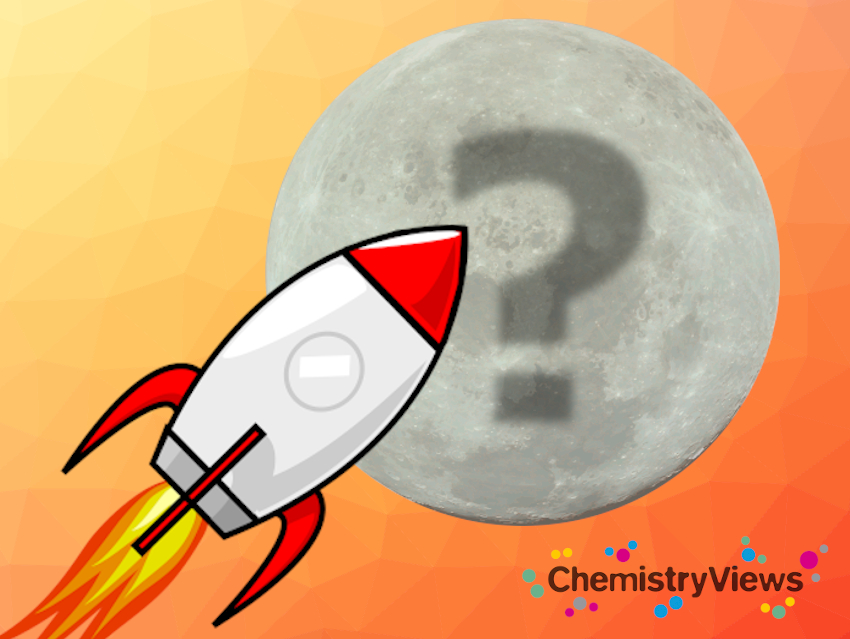 |
Quiz: To the Moon, |
